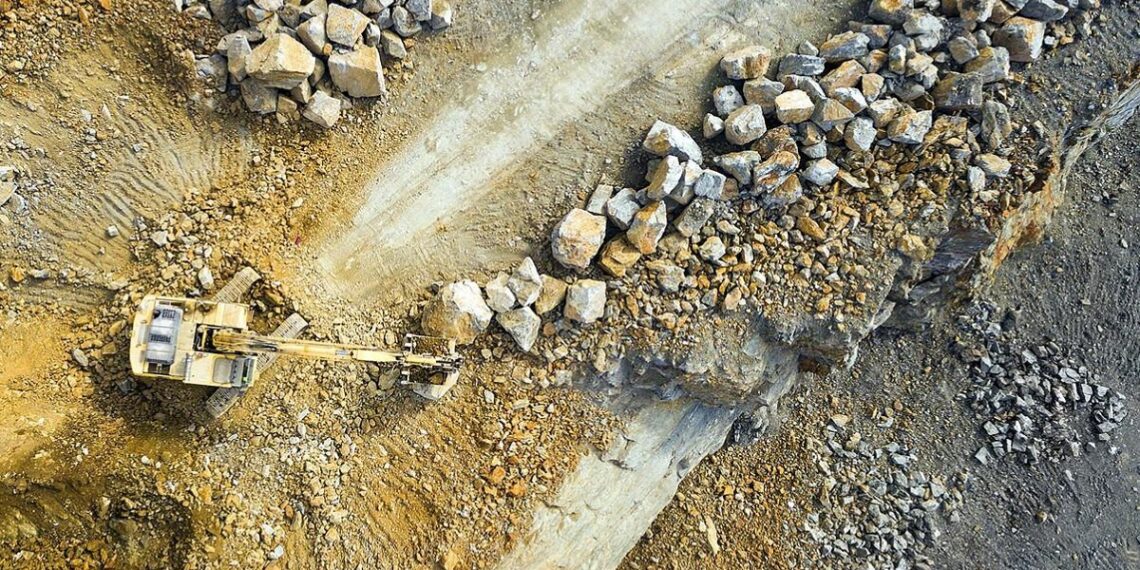Uranium hit the headlines last year when Sprott Physical Uranium Trust (SPUT) (TSX: U.UN) announced it was buying up the physical commodity. In your view, what other factors are pushing uranium stocks higher at present?
I believe the fundamentals for uranium had been changing even prior to the formation of SPUT, not least driven by the actions of Yellow Cake plc (AIM: YCA) .
If you recall, around February/March last year, Yellow Cake and other uranium companies were able to raise a significant amount of equity to invest in the uranium commodity. I believe the support from the equity markets demonstrated the sentiment change towards nuclear. During 2020 we saw the resolution of a number of U.S. policy issues impacting nuclear, we saw the U.S. rejoining the Paris accord, and we saw a number of countries including nuclear in their commitments to a net-zero future. The recent high energy prices helped to cement the notion that nuclear is an essential contributing green energy technology, while at COP26 we saw a clear recognition of the vital role nuclear must play to support our net zero ambitions.
Yellow Cake was founded by Bacchus Capital Advisors. What was the agent that led to the establishment of the company?
The formation of Yellow Cake was fundamentally down to excellent insight and conviction in the longer term case for uranium, but also as a consequence of good timing and good fortune. Peter Bacchus was introduced to Kazatomprom (LSE: KAP) at a time when they were looking to change their commercial strategy under new leadership – not least to make it “market ready” ahead of a public listing as part of the government’s planned privatization strategy.
The uranium market had been in decline for quite a long time, with the price reaching a low point in late 2016. Despite the low price, the longer term fundamentals for uranium looked attractive due to declining supply and growing demand, factors that remain as relevant today as then. Uranium is a commodity and commodities are cyclical, so the formation of Yellow Cake was driven by our strong view that the uranium price was at or close to the bottom of the cycle. Fortunately, that thesis has proved correct.
It takes a long time to plan, permit, build, and commission a new production facility
Please give us a brief overview of Yellow Cake’s business model.
Yellow Cake has a very simple strategy and business model. Our strategy is to buy and hold physical uranium in order to provide investors with the means to invest in the uranium commodity, without the associated mining risks. Our business model has been designed to be low cost and simple to support this strategy. Our key strategic advantage is our agreement with Kazatomprom that allows us to access up to US$100M of uranium annually at the prevailing spot price until 2027. Our only assets are uranium and cash. We have only two full time employees and have outsourced our transactional activities, such accounting and administration, in order to maintain a very lean cost base.
With global appetite growing for clean sources of energy, how do you see the short to mid-term future for uranium explorers and producers?
I prefer to express a view on the short to mid-term future for the uranium commodity as the performance of the explorers and producers will be driven by the leverage they have to the uranium price. I believe the short to mid-term future for the uranium commodity is very attractive. We have seen a long period of under investment in new mines and an environment of growing demand. It takes a long time to plan, permit, build, and commission a new production facility. New supply cannot simply be turned on with the flick of a switch. It is our strong view that there will be a supply deficit in the mid-term unless developers and producers are incentivised via price signals to bring on the new supply that will be needed.
What are some of the barriers to greater uptake of nuclear power?
Nuclear energy is a topic that elicits strong views both for and against. I therefore think that policy issues and changes to energy policy could be a barrier to greater adoption of nuclear as a carbon-free energy source.
The other two factors that have hampered the growth of nuclear, particularly in the West, have been the enormous upfront capital costs and the lengthy schedule delays of the new nuclear power stations. We are, however, seeing the Chinese succeed in building new reactors on an industrial scale. The other factor which is encouraging is the significant investment in small modular reactors, which require lower upfront capital and can be factory built.
What are the next steps for Yellow Cake?
Our strategy is very clear and we continue to have strong conviction about our prospects. We are excited by the future prospects for uranium and will continue to purchase uranium – if we can do this on a value accretive basis.
We will only purchase additional uranium if we are able to raise capital when our share price is at or above Net Asset Value. Our Kazatomprom agreement is a key strategic advantage – being able to purchase such a significant volume at the spot price is very valuable for a business such as ours. We’ve also now proven we can raise capital quickly from a very supportive set of long-term investors, enabling us to acquire additional uranium from Kazatomprom other suppliers who trust us, which has seen our total holdings grow considerably over the last
year.











